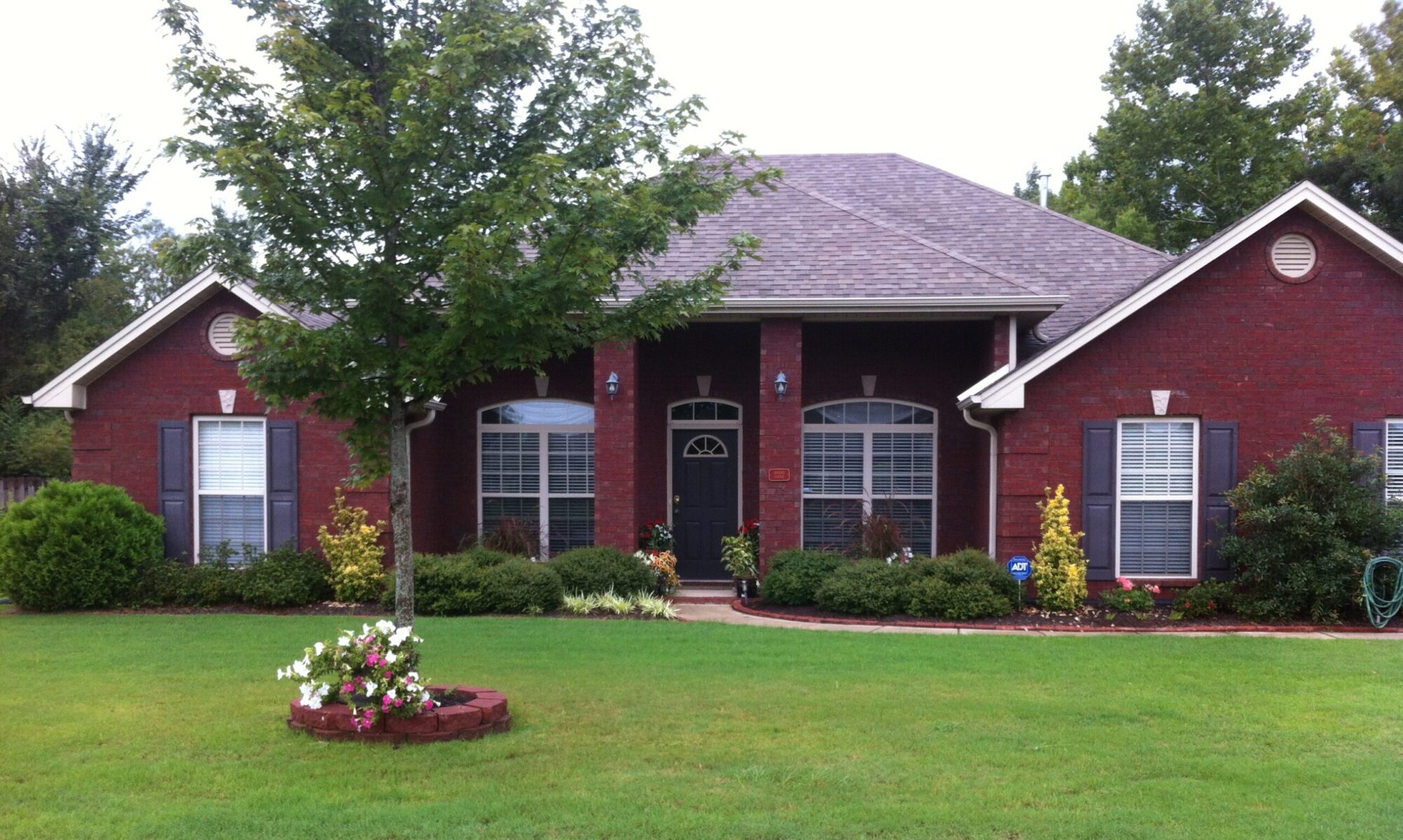After the Super Outbreak of April 27th, 2011, there was no way that we were going to let Colin live in a house without a storm shelter. This shelter is built into the garage floor and allows access even when a car is parked.
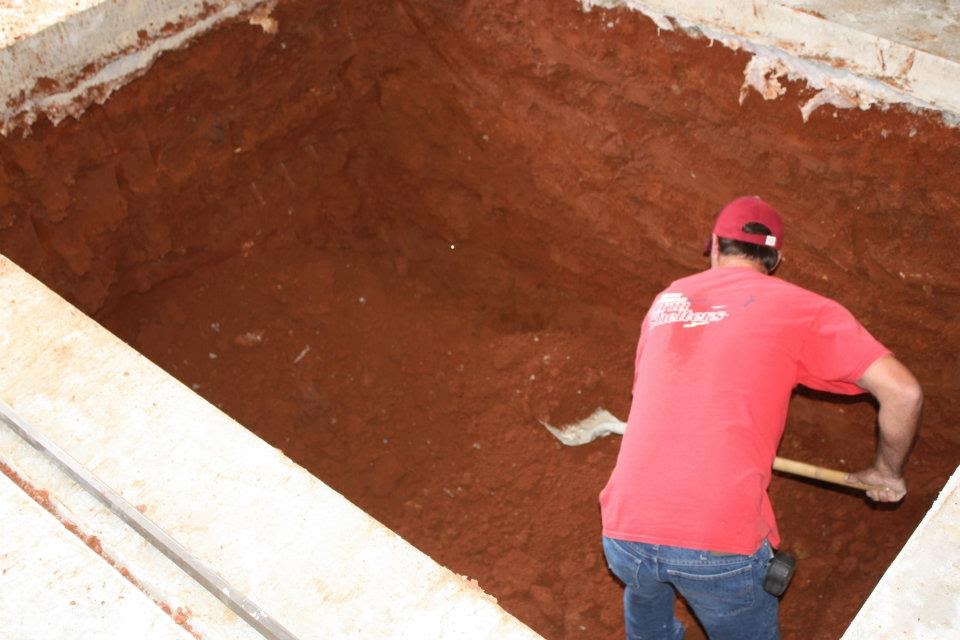
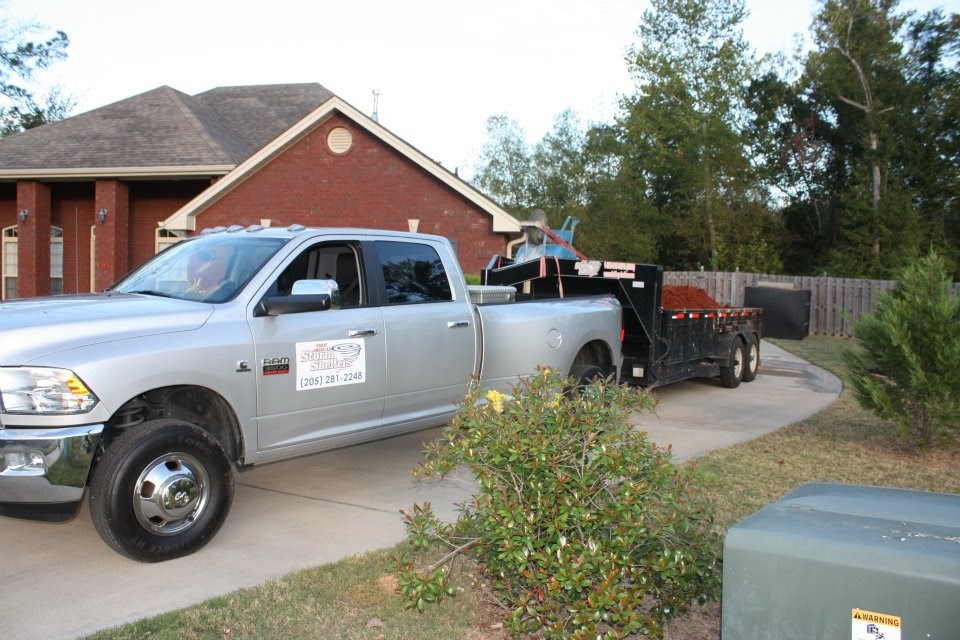
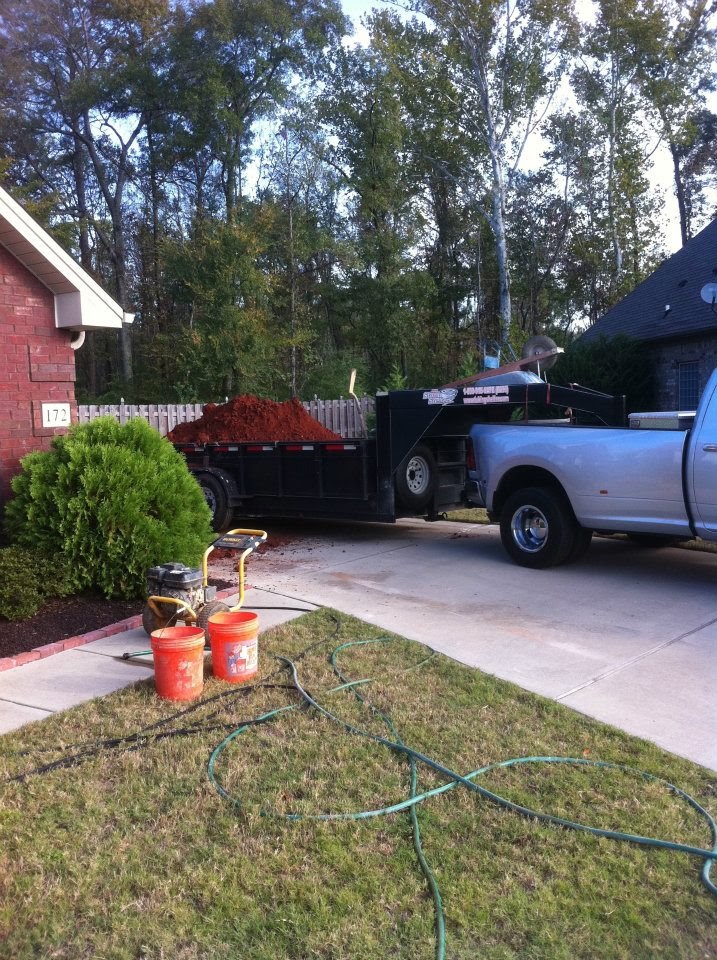
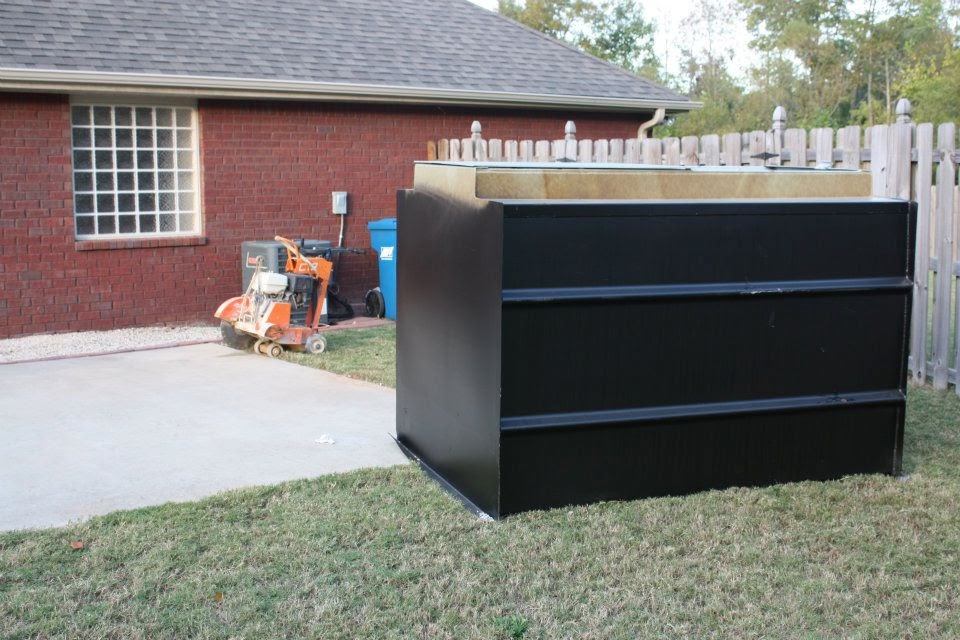
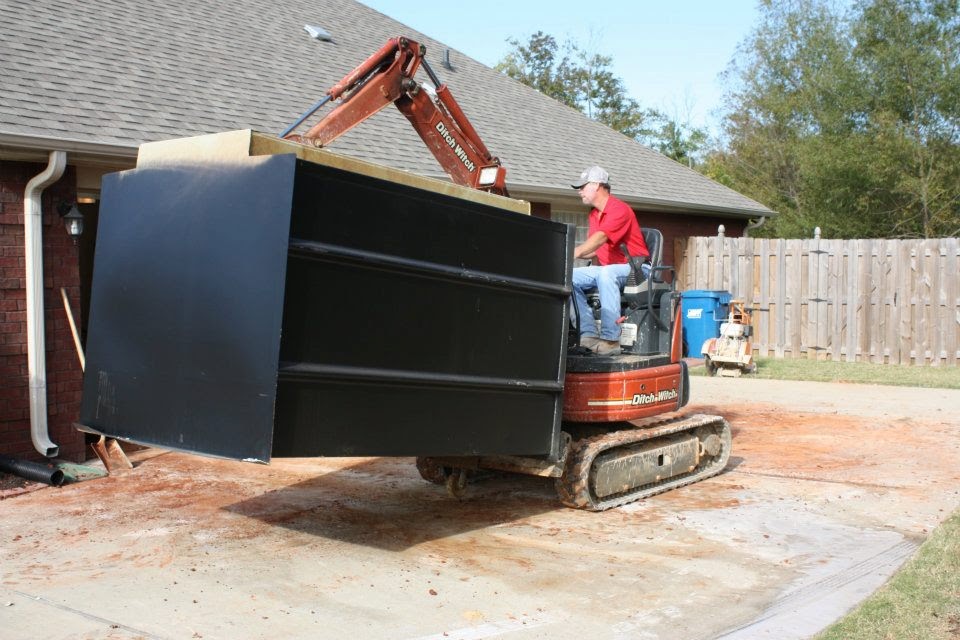
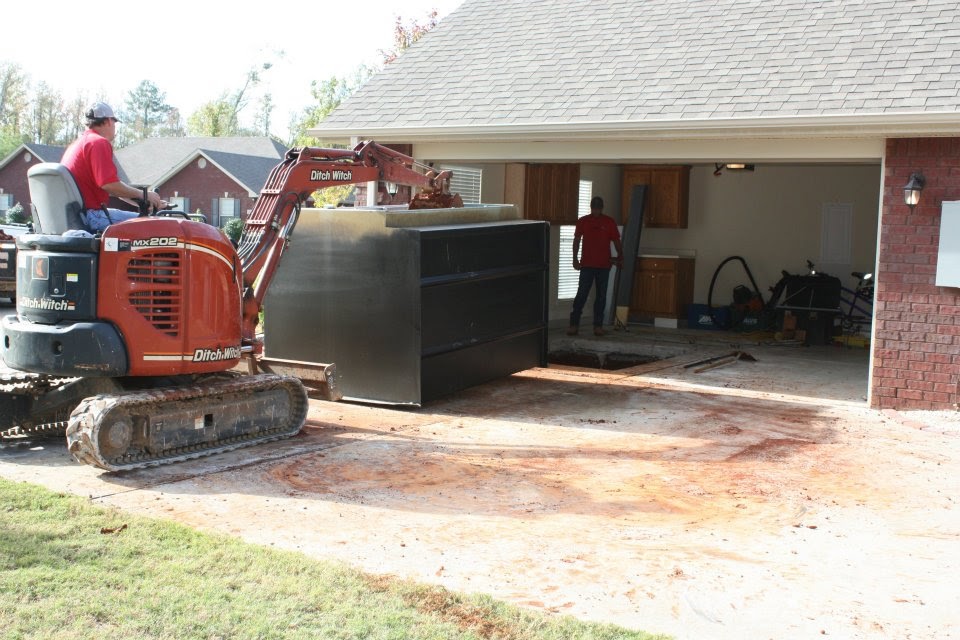
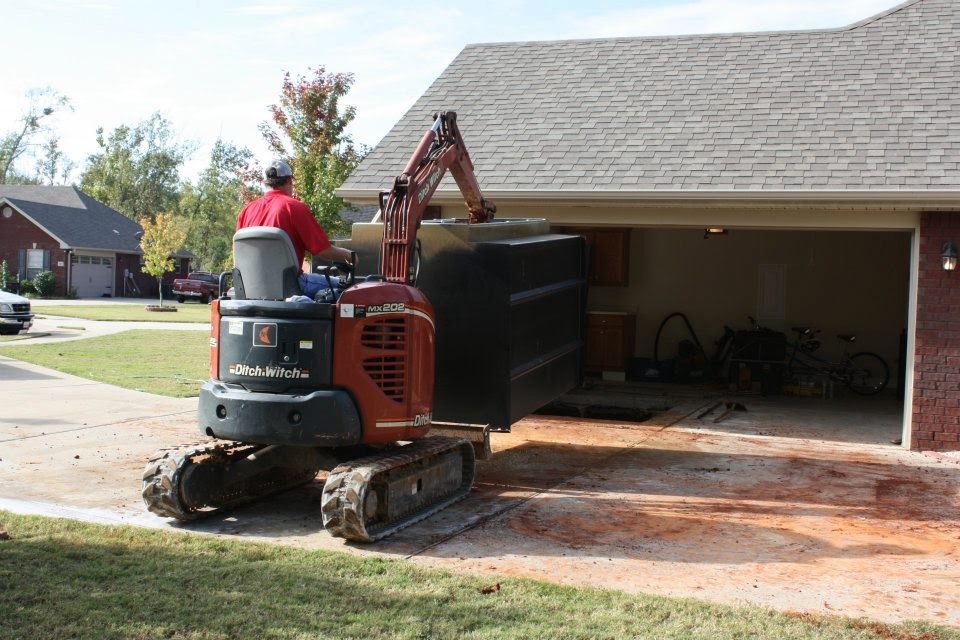
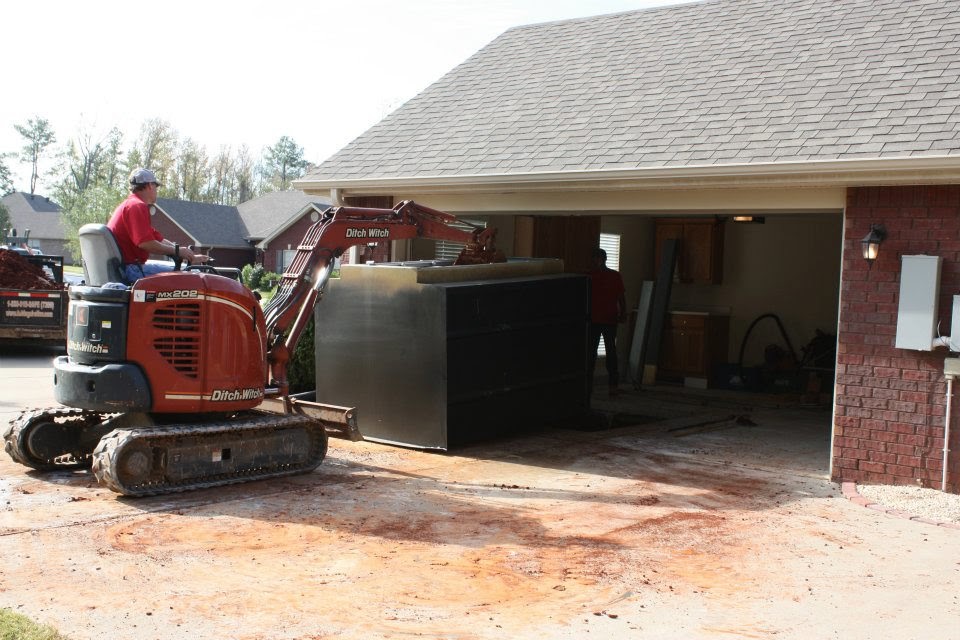
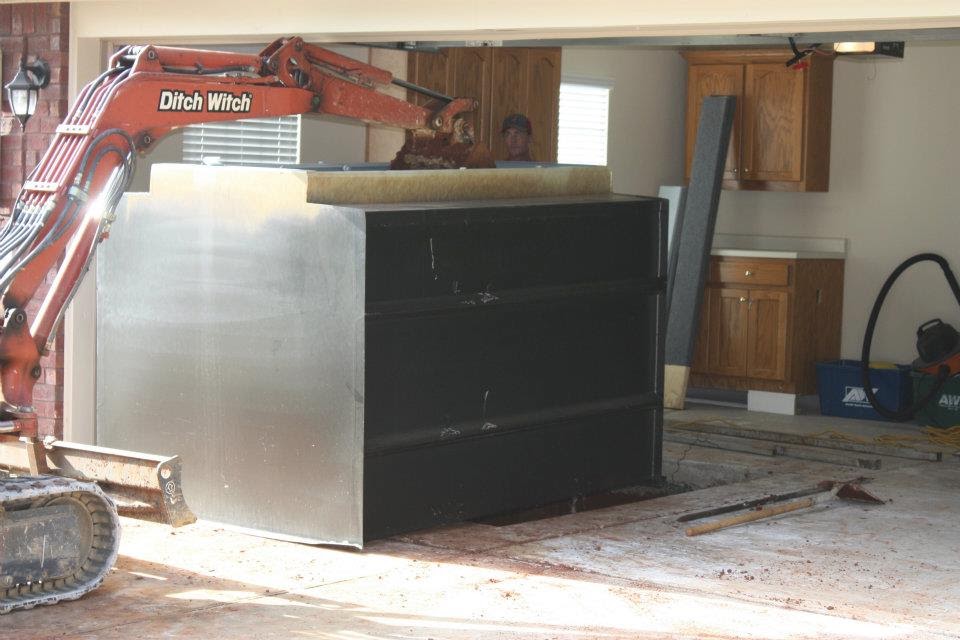
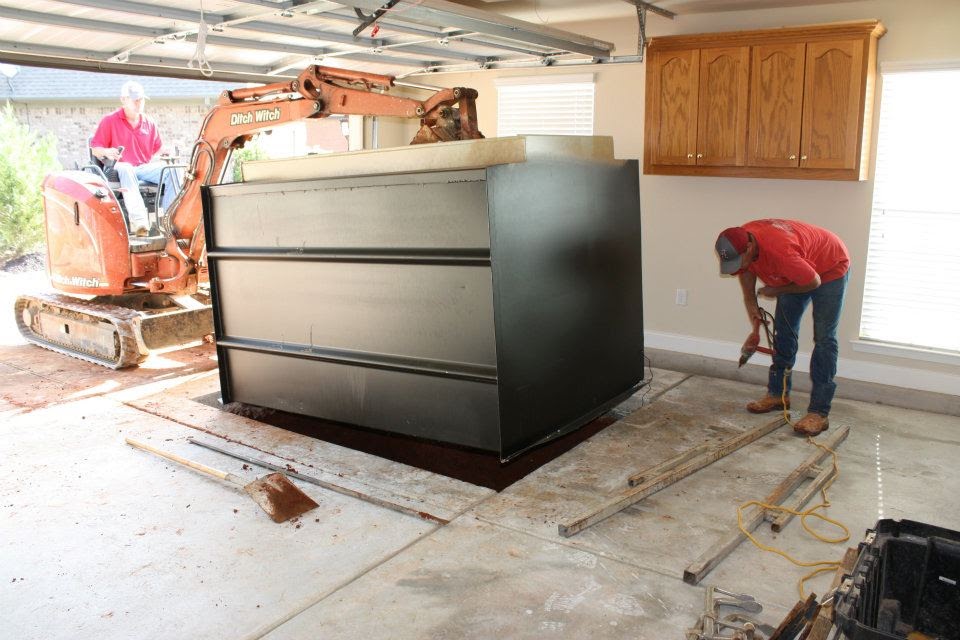
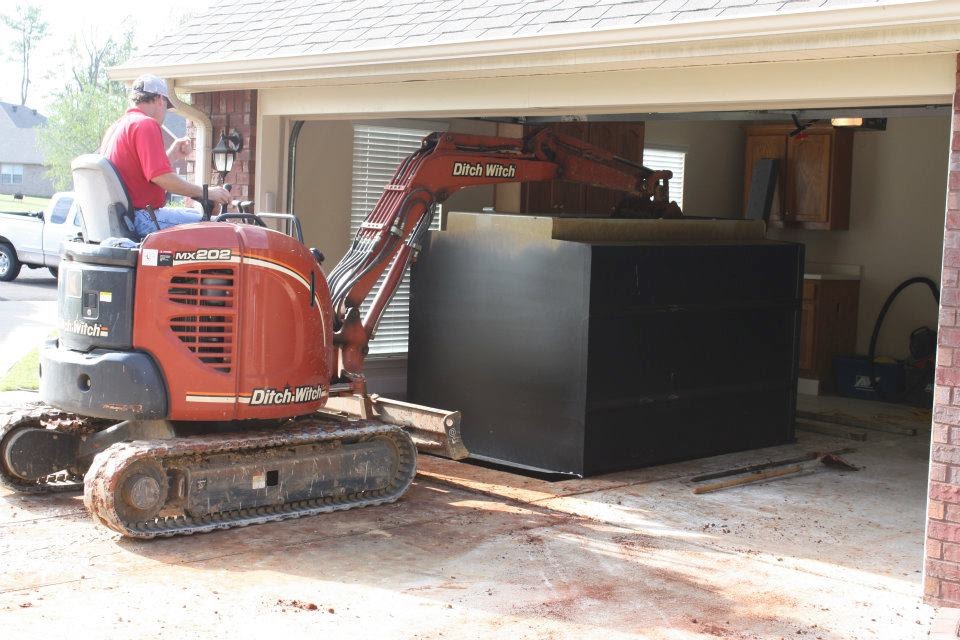
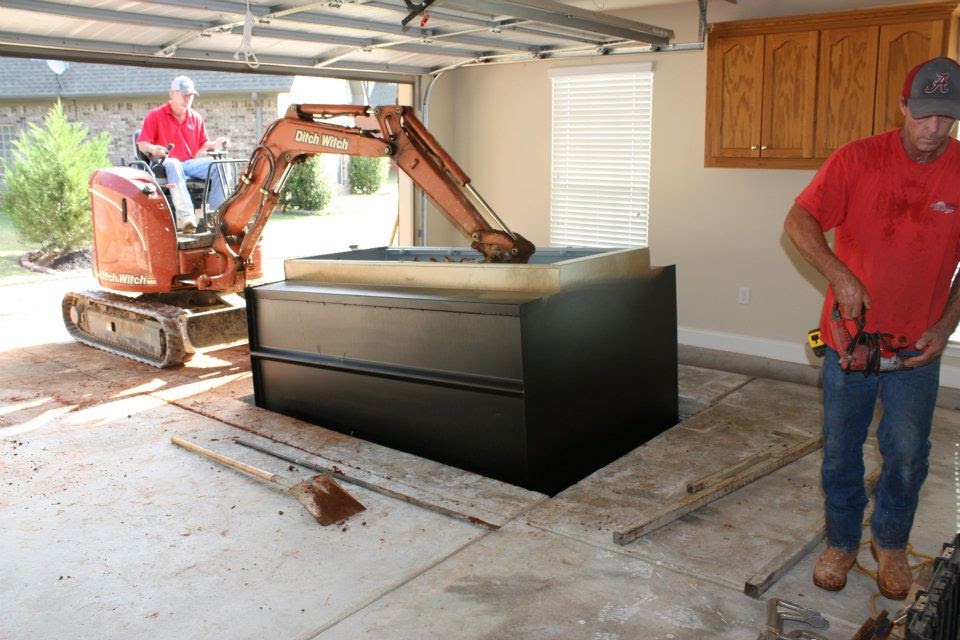

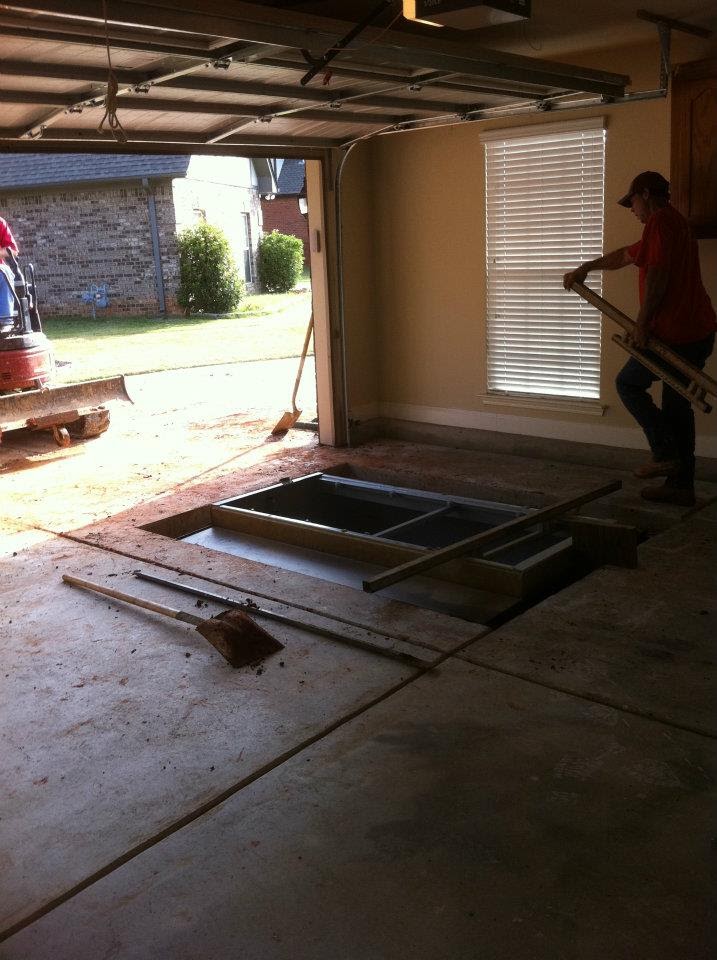
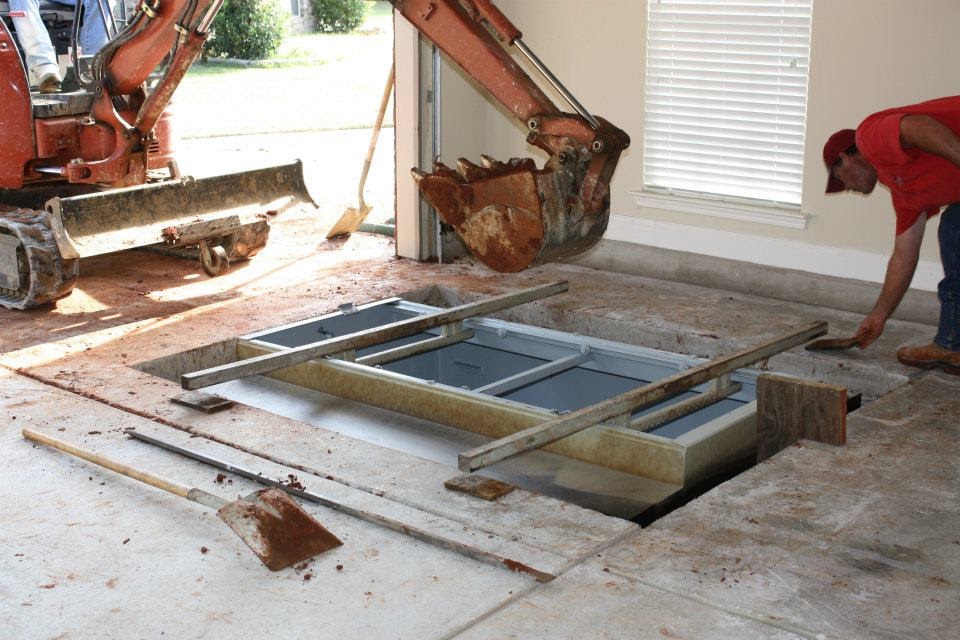
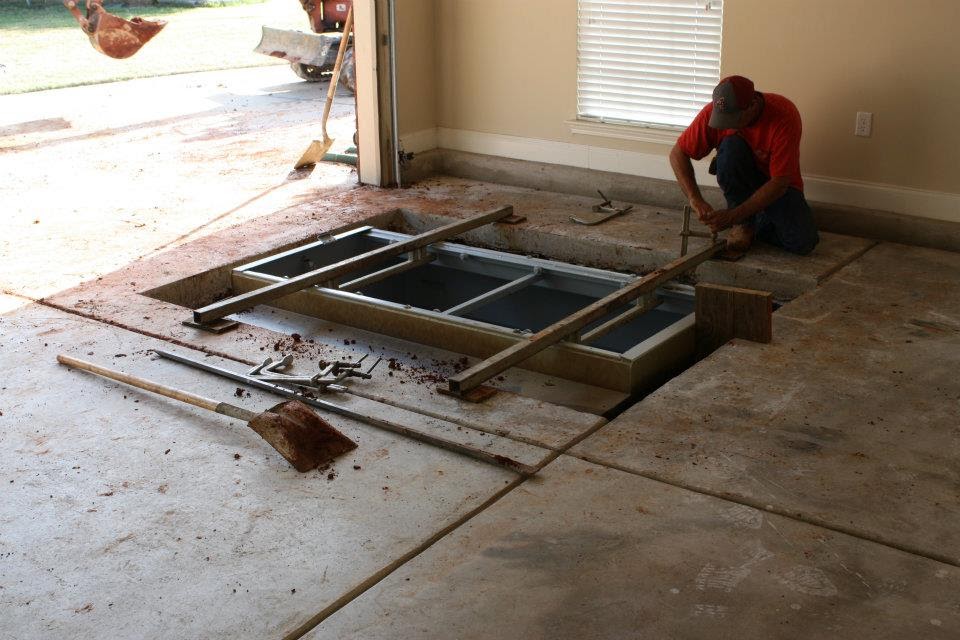
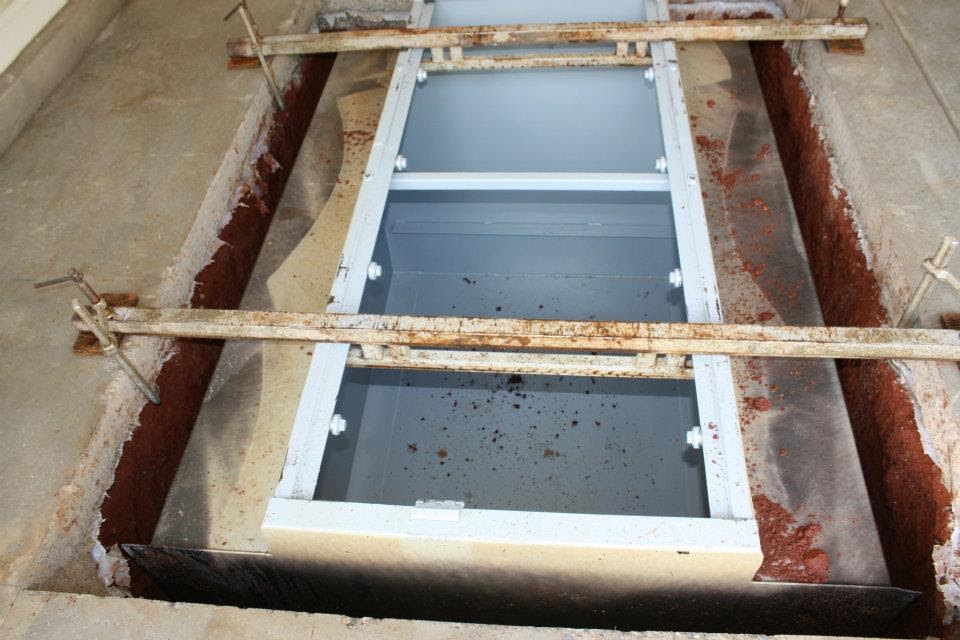
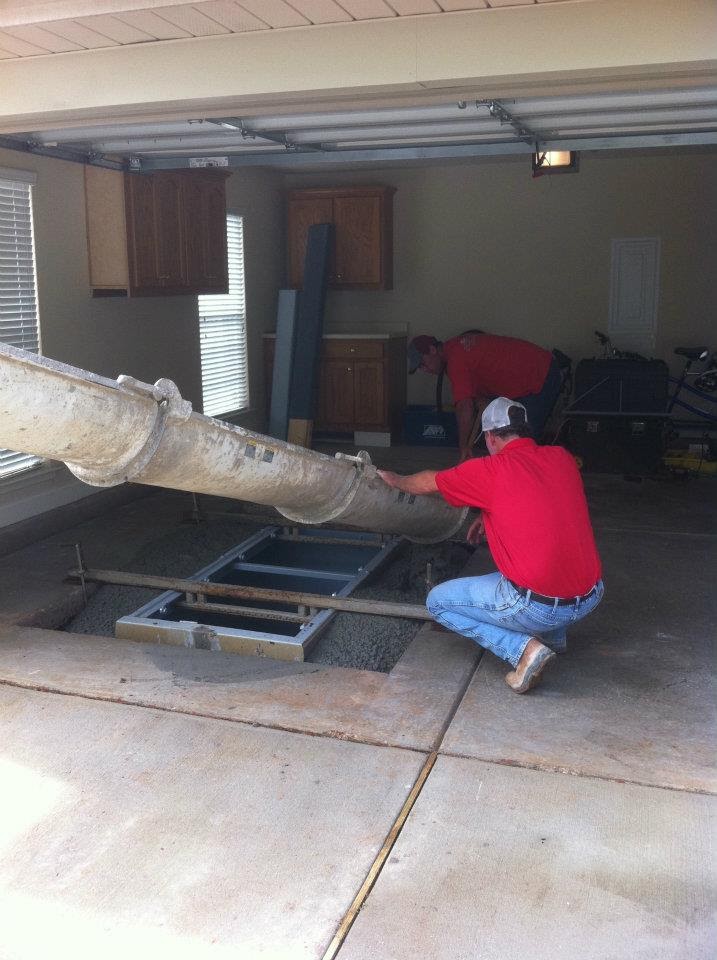
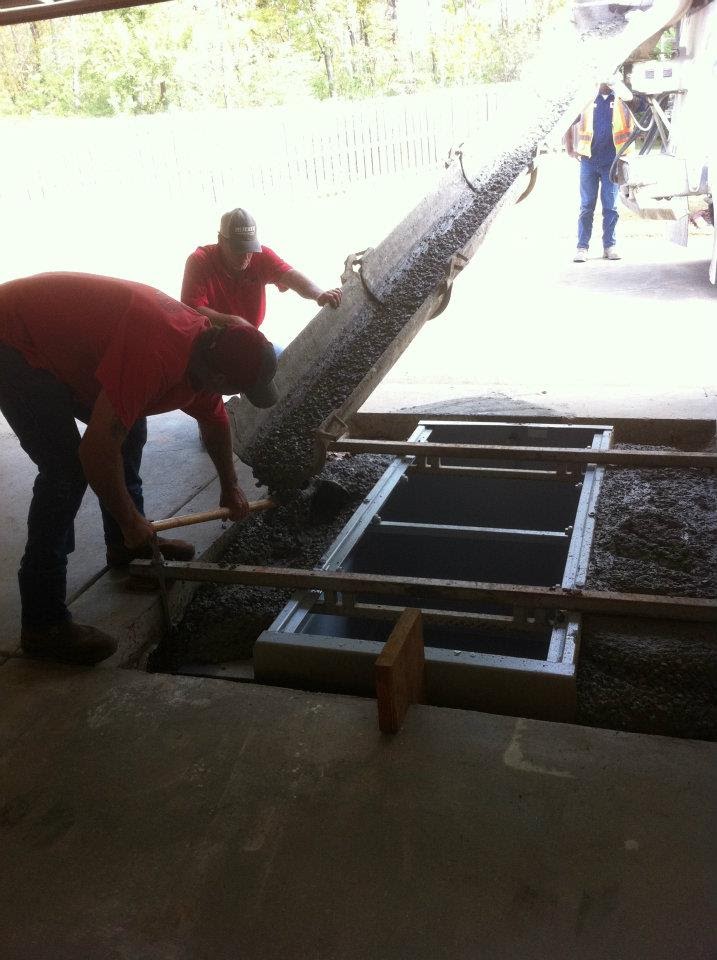
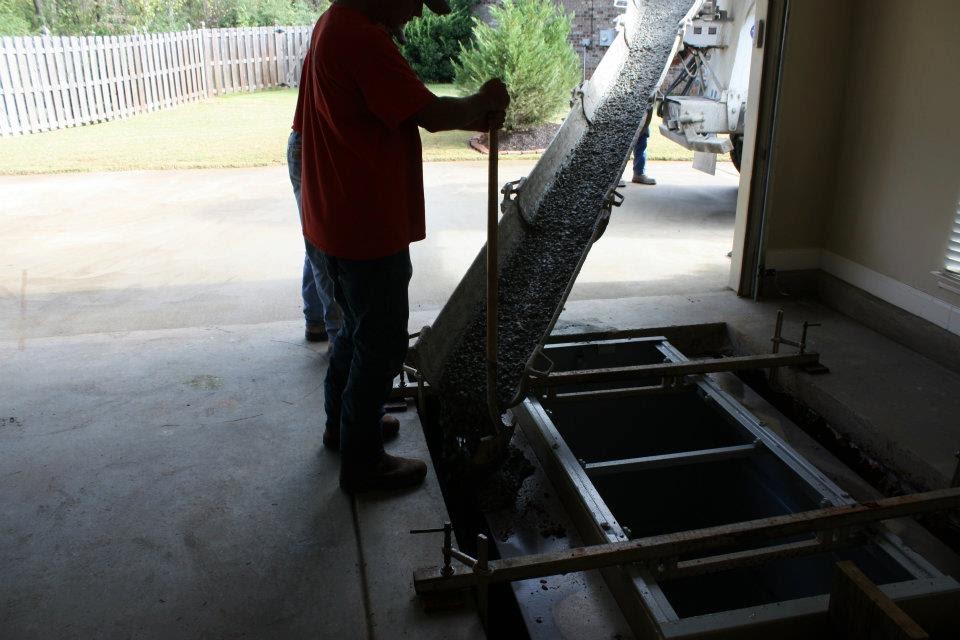

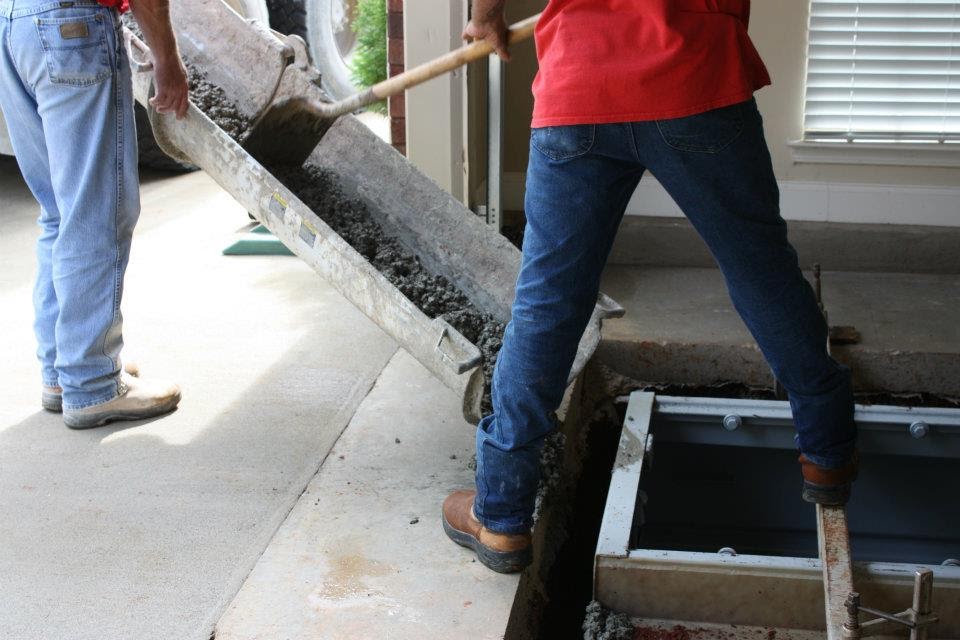
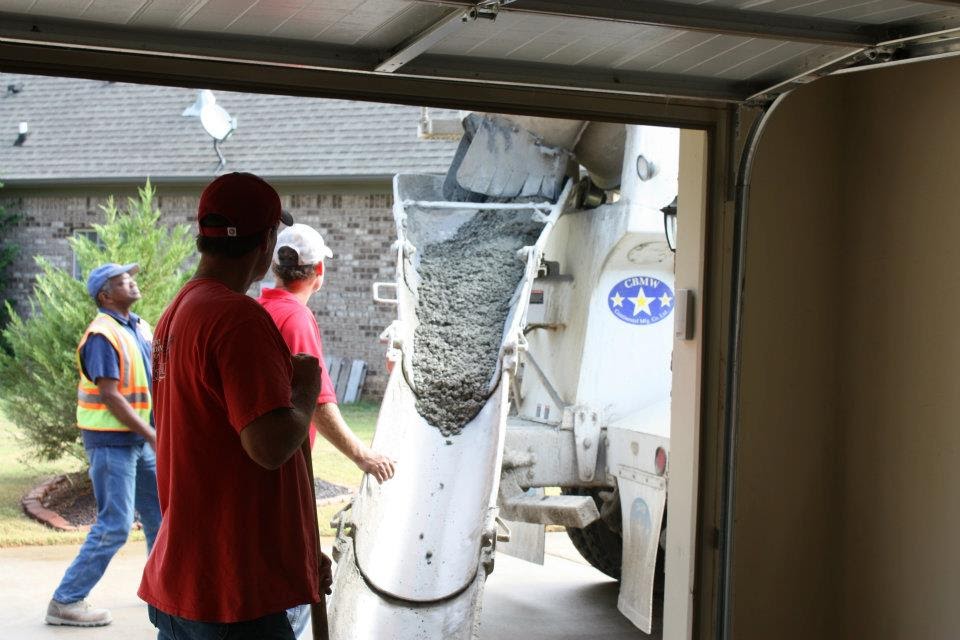
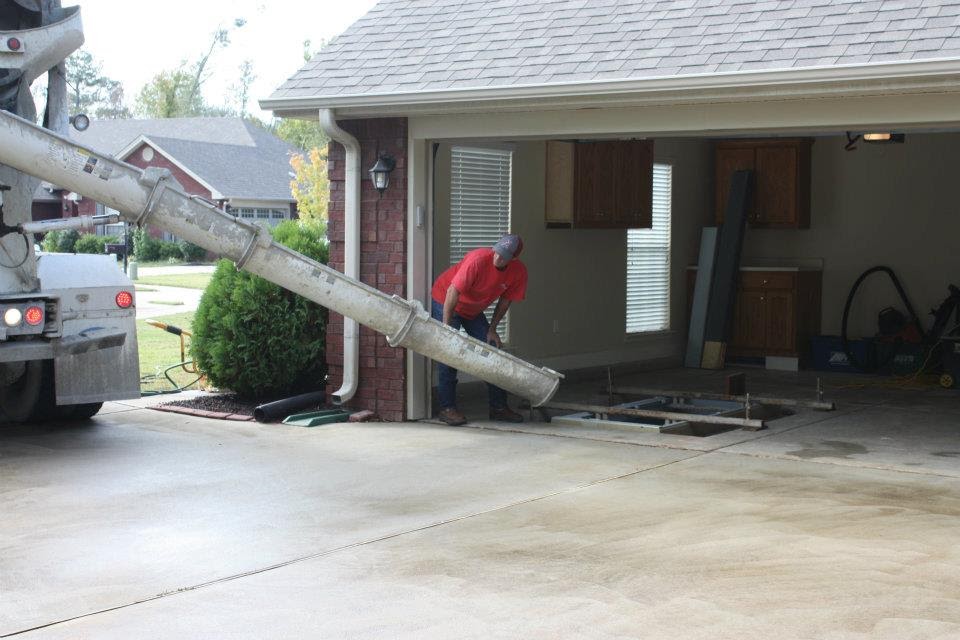
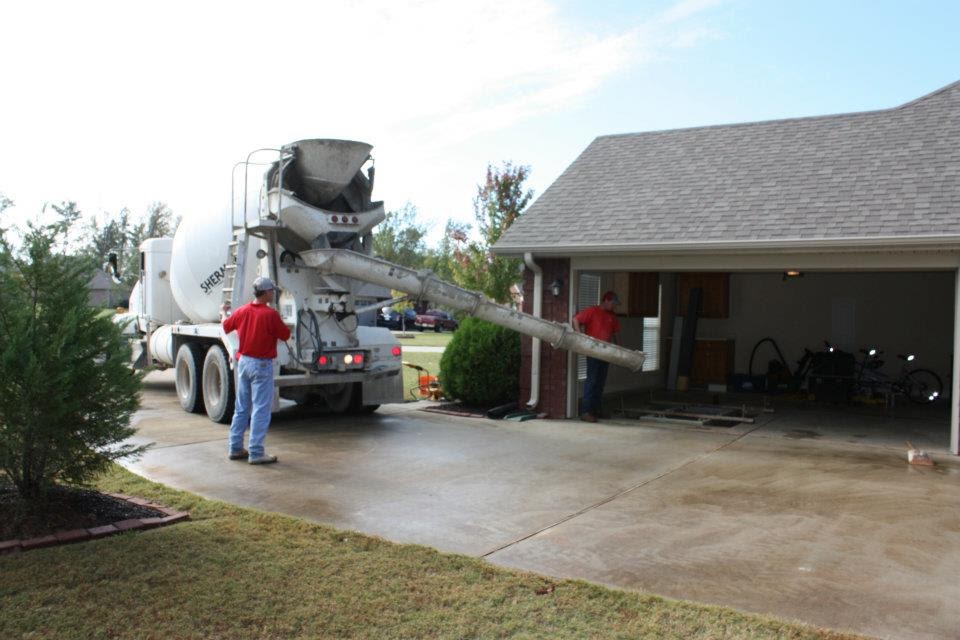
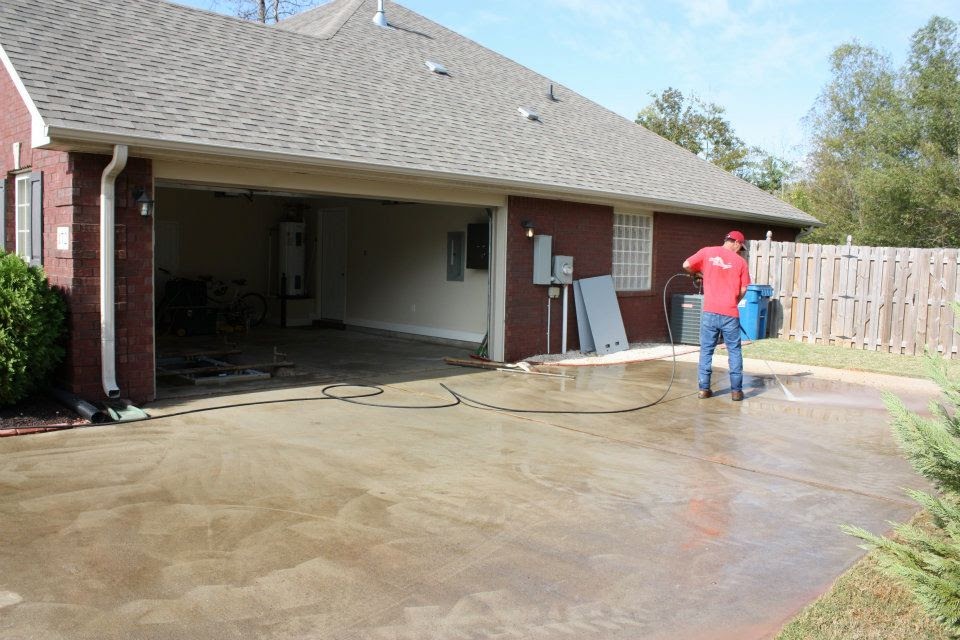
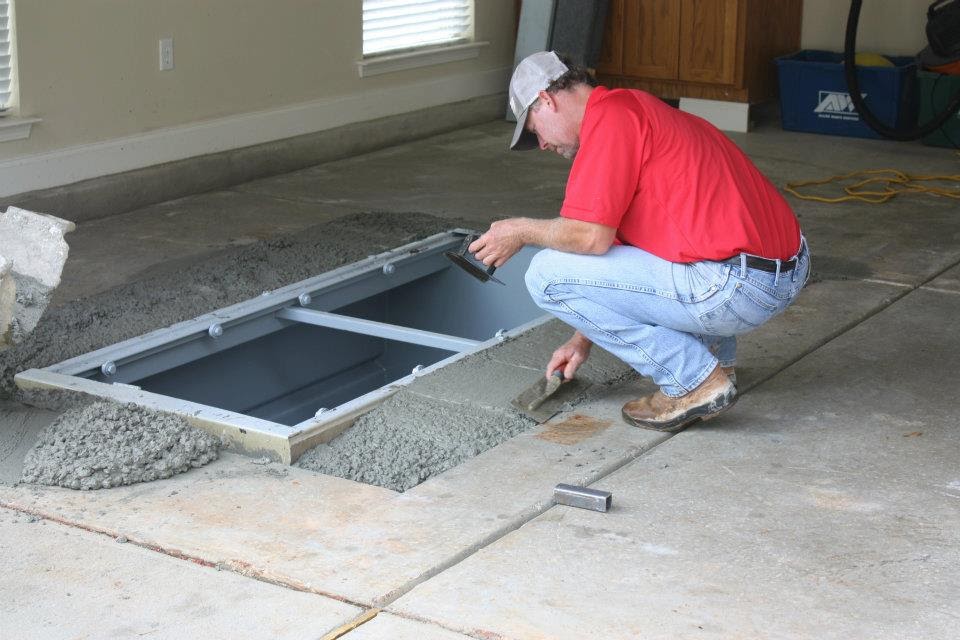
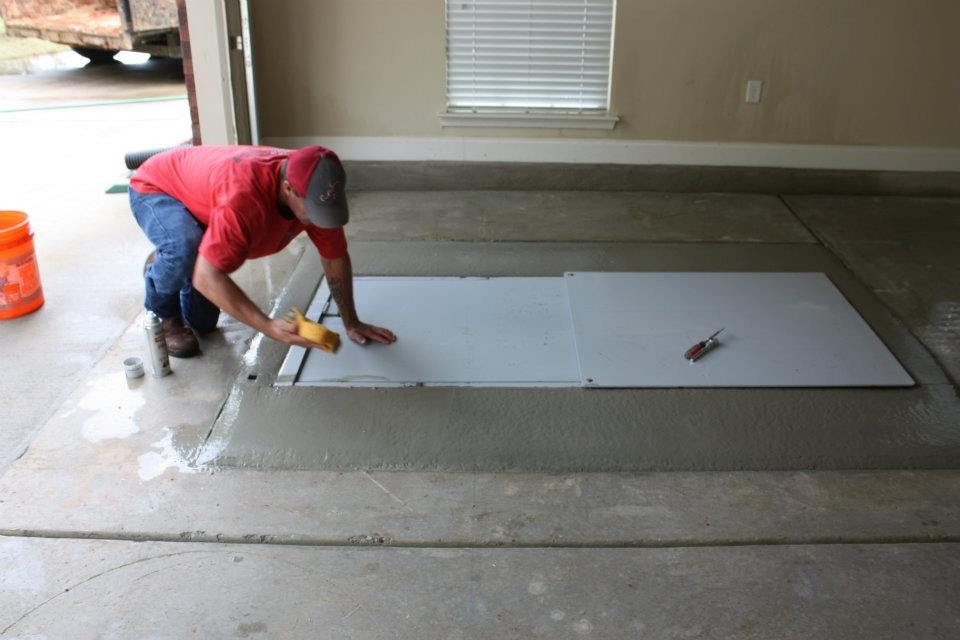
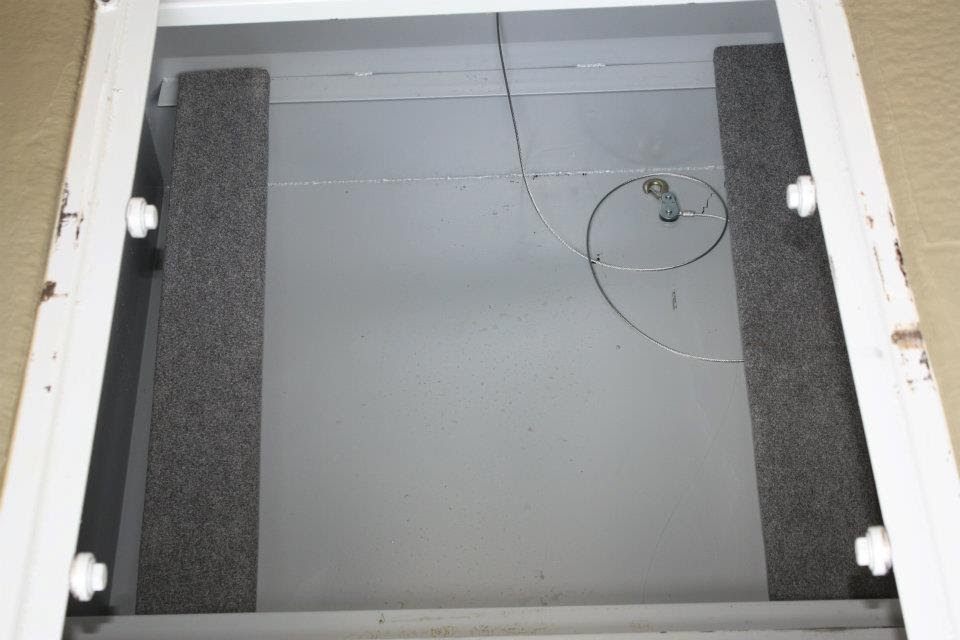
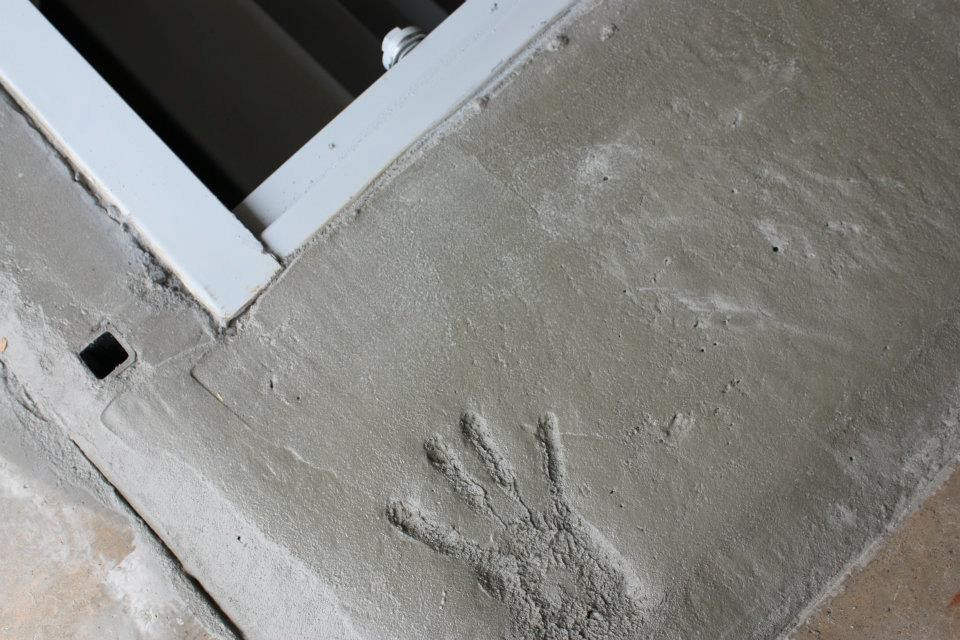
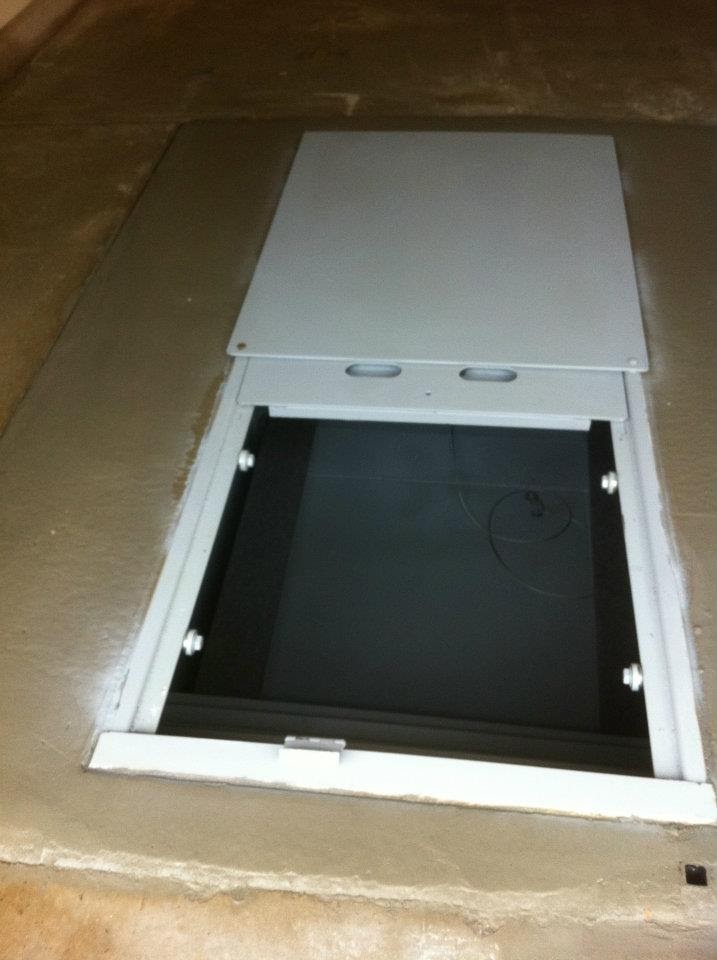



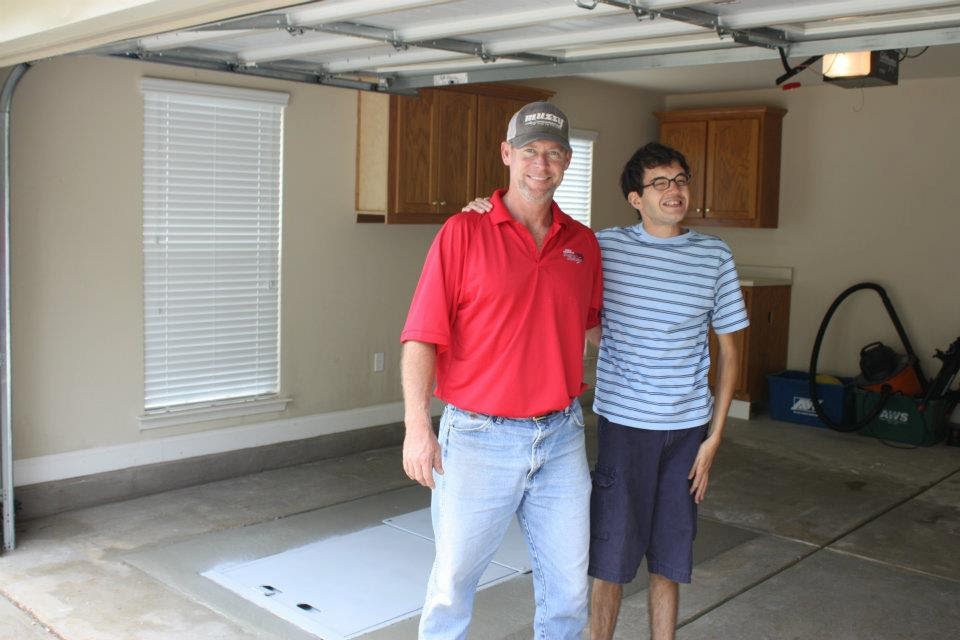
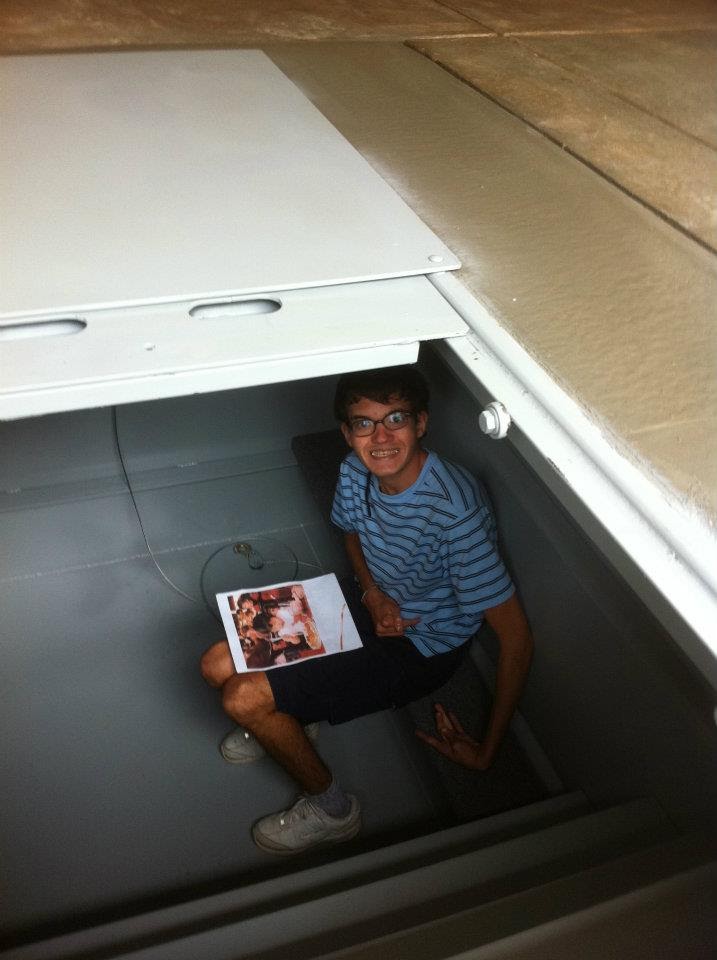

Paul Beaudry
Remembering April 27, 2011
They called it a “Super Outbreak.”
The largest, costliest and one of the deadliest tornado outbreaks in history hit the Southeast on April 27, 2011, leaving a path of destruction through Alabama. In all, 216 tornadoes touched down on the day, including four rated EF5, the highest possible rating on the measurement scale.

NWS
Day of destruction
By the end of the day, 348 deaths in six states were attributed to the outbreak, with Alabama accounting for the majority – a staggering 238 fatalities. You can see more about the storm victims here.
The death toll was highest in the U.S. since a March 18 outbreak in 1925.

NWS
Tornadoes across Alabama
Alabama was hit by 62 tornadoes on April 27, 2011. An average for an entire year in Alabama is about 65.

NWS
2 rounds of storms
The storms came in two waves. The first round roared through just after 4 a.m. The next round hit in late afternoon, starting with Hackleburg’s EF-5 tornado which packed winds of 210 mph. According to the weather service, of the 62 tornadoes that touched down in Alabama on April 27, eight were EF4s and three were EF5s, the most powerful on the Enhanced Fujita Scale.

NWS
Total destruction
After-storm analysis showed 133 of the victims (or 53.8 percent) were in single-family homes, and 51 (or 20.6 percent) were in mobile homes. Fifteen were in apartments (6.1 percent). Four people were killed while outside, and 11 were killed in their vehicles. One-hundred and sixty five of the victims were in houses that were completely destroyed.https://82d2003d7286a8a8aa24ce96f4f99ac0.safeframe.googlesyndication.com/safeframe/1-0-38/html/container.htmlhttps://82d2003d7286a8a8aa24ce96f4f99ac0.safeframe.googlesyndication.com/safeframe/1-0-38/html/container.html

AL.com file
Tornado-related injuries
Damage and devastation from the tornadoes stretched almost the length of the state. Tornado-related injuries were reported in Fayette Count; Parrish and Cordova in Walker County; Mountain Woods in Jefferson and Blount counties; Odenville in St. Clair County; Haleyville in Marion and Winston counties; Panola in Sumter and Pickens counties; Faunsdale in Sumter County; and Verbena in Chilton County.

Army Corp. Engineers
Tuscaloosa to Birmingham tornado deadliest
The Tuscaloosa to Birmingham storm was the day’s deadliest, killing 65 people. Eighteen people died in Hackleburg; 13 in Cordova; seven in Shottsville in Marion County; seven in Greene, Hale and Bibb counties; 22 in the Argo/Shoal Creek areas of Jefferson and St. Clair counties; and seven fatalities at Lake Martin in Elmore, Tallapoosa and Chambers counties.

NASA
View from above
The combined tornado damage path length in central Alabama was 691 miles long. Sixteen of the Alabama tornadoes had damage path lengths of over 25 miles long.

NWS
Devastation in Tuscaloosa
The tornado that devastated parts of Tuscaloosa and later moved to Birmingham was an EF-04 that at one point was 1.5 miles wide – the width of more than 26 football fields – with winds of 190 mph. The tornado killed 65 people and injured more than 1,000. Debris cleanup in Tuscaloosa alone cost $100 million, according to the National Weather Service.

NWS
6 university students killed
The University of Alabama in Tuscaloosa escaped damage from the tornado but six university students were killed. The university ultimately cancelled its final exams and moved commencement ceremonies to August.https://82d2003d7286a8a8aa24ce96f4f99ac0.safeframe.googlesyndication.com/safeframe/1-0-38/html/container.html

NWS
Hackleburg hard hit
A violent tornado virtually wiped the small town of Hackleburg off the map, destroying schools, homes and businesses. Hackleburg High School, Middle School, and Elementary School, and the Wrangler Plant were decimated, with the Red Cross estimating 75 percent of the town was destroyed. The violent storm then tracked in Franklin, Lawrence, Limestone and Madison counties.

NWS
Phil Campbell
The storm swept through Phil Campbell in Franklin County, leveling homes with winds of up to 200 mph, before hitting Oak Grove. In all, 27 people were killed in Franklin County. The tornado hit Moulton, Trinity and into Limestone and Morgan counties, killing 14 and snapping power poles that delivered electricity to Browns Ferry Nuclear Power Plant.

NWS
Madison County
Tony and Harvest were hit by the Hackleburg tornado as it entered Madison County. In Madison County, numbers homes in the Anderson Hills subdivision were destroyed, including some that had been rebuilt after being demolished in a 1995 tornado. Thirteen people were killed in Limestone and Madison counties.

WildBamaBoy
Cullman
An EF4 tornado that hit after 2:30 p.m. killed six people in Cullman, Morgan and Marshall counties. Downtown Cullman suffered widespread devastation.

NOAA
Presidential visit
More than 2,000 National Guard troops were deployed to Alabama to assist with search and rescue and later recovery efforts. President Obama visited the area on April 29.

AL.com file
Electric lines down
The tornadoes wiped out power service for much of North Alabama, all but wiping out the Tennessee Valley Authority’s power grid. TVA lost the ability to transmit power from Browns Ferry Nuclear Power Plant and Widows Creek Fossil Plant and both were forced to shut down. Power was gradually restored in the following days but some waited more than two weeks for utilities.

Paul Beaudry
Economic impact
The storms hit Alabama’s economy as well. The state’s Gross Domestic Product was reduced between $835 million and $1.3 billion (0.5 to 0.7 percent) and between 5,600 and 13,200 jobs were lost – a reduction of 0.2 to 0.5 percent, according to a study by the University of Alabama’s Center for Business and Economic Research.

Paul Baudry
A look back
You can look back at much of the coverage of that day here.

